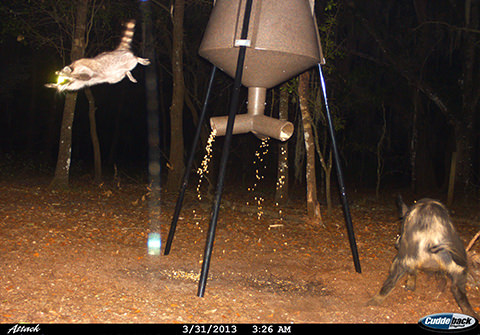
Further details appear in the practice directions which supplement Parts 28 and 29. (2) They parties must try to agree the case management directions which they will invite the court to make. (1) The parties parties must consult one another and co-operate in completing the directions questionnaires and giving other information to the court. (f) any facts which may make it desirable for the court to fix an allocation hearing or a hearing at which case management directions will be given. (e) about any particular facts that may affect the timetable the court will set, (d) the directions the party believes will be appropriate to be given for the management of the case, (c) the steps the parties have taken in the preparation of evidence (in particular expert evidence), the steps they intend to take and whether those steps are to be taken in co-operation with any other party, (b) a party’s intention to issue a counterclaim or other additional claim or to add another party, (a) a party’s intention to apply for summary judgment or some other order that may dispose of the case or reduce the amount in dispute or the number of issues remaining to be decided, (3) The following are examples of information which will be likely to help the court: (b) confirms that the party who has sent the document to the court has delivered a copy to all the other parties. (a) confirms that all parties have agreed that the information is correct and that it should be put before the court, or (2) The general rule is that the court will not take such information into account unless the document containing it either: (1) If a party wishes to give the court further information which is believed to be relevant to allocation or case management it shall be given when the party files the directions questionnaire and copied to all other parties.

(2) Attention is drawn to Part 3 of the Civil Procedure Rules which requires costs budgets in all multi-track cases. In the fast track, in form N149B (FT) andĪnd the directions questionnaire referred to in Part 26 will be in Forms N180 and N181. In the small claims track, in form N149A (SCT) (1) The notice of proposed allocation referred to in rule 26.3(1) will be – The court’s power to grant summary judgment.Įvidence, especially the court’s power to control evidence.Īttention is also drawn to the practice directions which supplement those Parts and Parts27-29, and to those which relate to the various specialist jurisdictions.īack to top The directions questionnaire Form The court’s case management powers (which may be exercised on application or on its own initiative) and the sanctions which it may impose. The requirement that the parties help the court to further that objective (set out in Rule 1.3). The duty of the court to further that objective by actively managing cases (set out in Rule 1.4). The Overriding Objective (defined in Rule 1.1). Re-allocation of claims and the variation of directionsĭetermining the amount to be paid under a judgment or orderĪttention is drawn in particular to the following provisions of the Civil Procedure Rules: The small claims track – allocation and case management

Summary judgment or other early termination Reminders of important rule provisions other than parts 26–29Īllocation, re-allocation and case management This Practice Direction supplements CPR Part 26Ĭontents of this Practice Direction Title


 0 kommentar(er)
0 kommentar(er)
